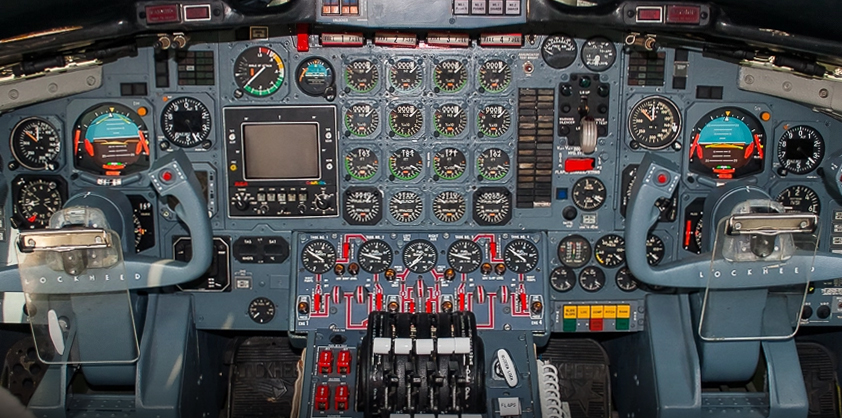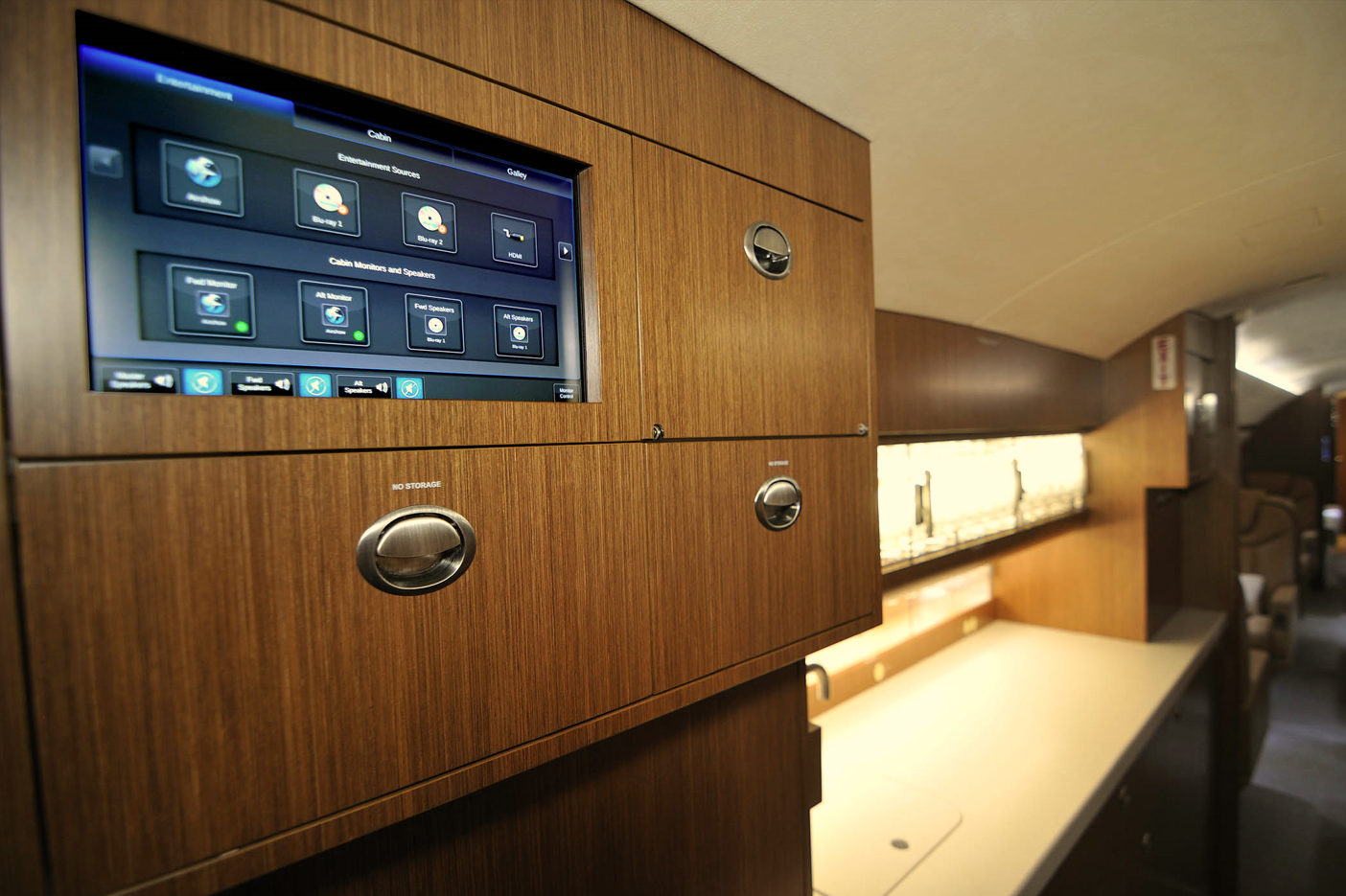MTBF does not equate to Never……

Last month, we concluded that the old adage for spending money on your aging aircraft no longer applies. When the demand for new aircraft dramatically outweighs the supply, it makes sense to modify your current aircraft beyond the once-golden standard of 25% of its value. However, it is essential to consider where your money will be best spent for these modifications to keep your plane in the sky. Today, nothing stands in the way of private and business aviation-like parts obsolescence.
In recent years, Apple has come under fire for implementing planned obsolescence within its products. It had been rumored by customers for quite some time that Apple had been intentionally slowing down the batteries of older iPhone models in correlation with the release of their newest products. This was eventually confirmed true, and Apple was promptly met with heavy criticism and legal action. In truth, however, Apple is far from alone regarding using planned obsolescence in the consumer marketplace. Its roots as a sales strategy can be traced back to the early 1920s when General Motors CEO Alfred Sloan first conceptualized it. Since then, its implementation has dramatically altered the entire landscape of consumerism. Planned obsolescence does not reflect the aviation industry’s problem with obsolete parts.
For decades, there have been two driving forces behind flight deck upgrades: technology advancements and federal safety mandates. From the early ’50s until the mid-’80s, virtually all aircraft carried similar avionics. This equipment is lovingly referred to as “Steam Gauges.” The old “Steam Gauges” are ironically still viable due to their simplicity of design and availability of standard electronics to support repairs.
As technology began to grow exponentially, the aircraft evolution that may have once taken place over 30 years would now occur in a decade. By the mid-1990s, federal mandates and operational enhancements would ensure that aircraft were routinely overhauled to meet higher safety and operational standards. This followed until the most recent ADS-B Mandate ended in 2019. Since then, there have been far less all-encompassing mandates driving flight deck updates.While a lack of mandates may seem like a positive to aircraft owners, parts obsolescence is now a factor that must be considered when upgrading an airplane.
Because aviation has leveraged consumer electronics for aircraft equipment, there is a heavy reliance on the continuous manufacturing of these parts to continue support in service avionics. Now that there has been a plateau in the safety and operational advancements, the likelihood of aircraft being upgraded before experiencing parts availability issues is uncommon. Navigation and communication equipment “Mean Time Between Failure” (MTBF) vastly exceeds consumer electronics advancements. Even “lifetime” buys from OEMs like Honeywell and Collins are insufficient to stave off obsolescence due to unavailable parts. We can all agree that the evolution of consumer electronics is still occurring at a steep rate, which has caused this unusual situation where the newest aircraft sometimes have the least amount of part support. Without the intentional proactivity of an aircraft owner, a simple part replacement can result in a plane being AOG for the foreseeable future.
We know there has never been a better time to invest in your current aircraft. It is vital, though, to also understand where this money will best be spent. While there is nothing wrong with upgrading the convenience and comfort of the passenger cabin, the most important thing to be aware of is the obsolescence of specific aircraft components required for flight. There are many resources available to help identify the most vital system to address. In the era beyond federal mandates, it is the owner’s responsibility to prevent their aircraft from becoming obsolete in the face of rapid technological advancements. It is common for us to help client’s budget and forecast obsolescence resolution plans.



